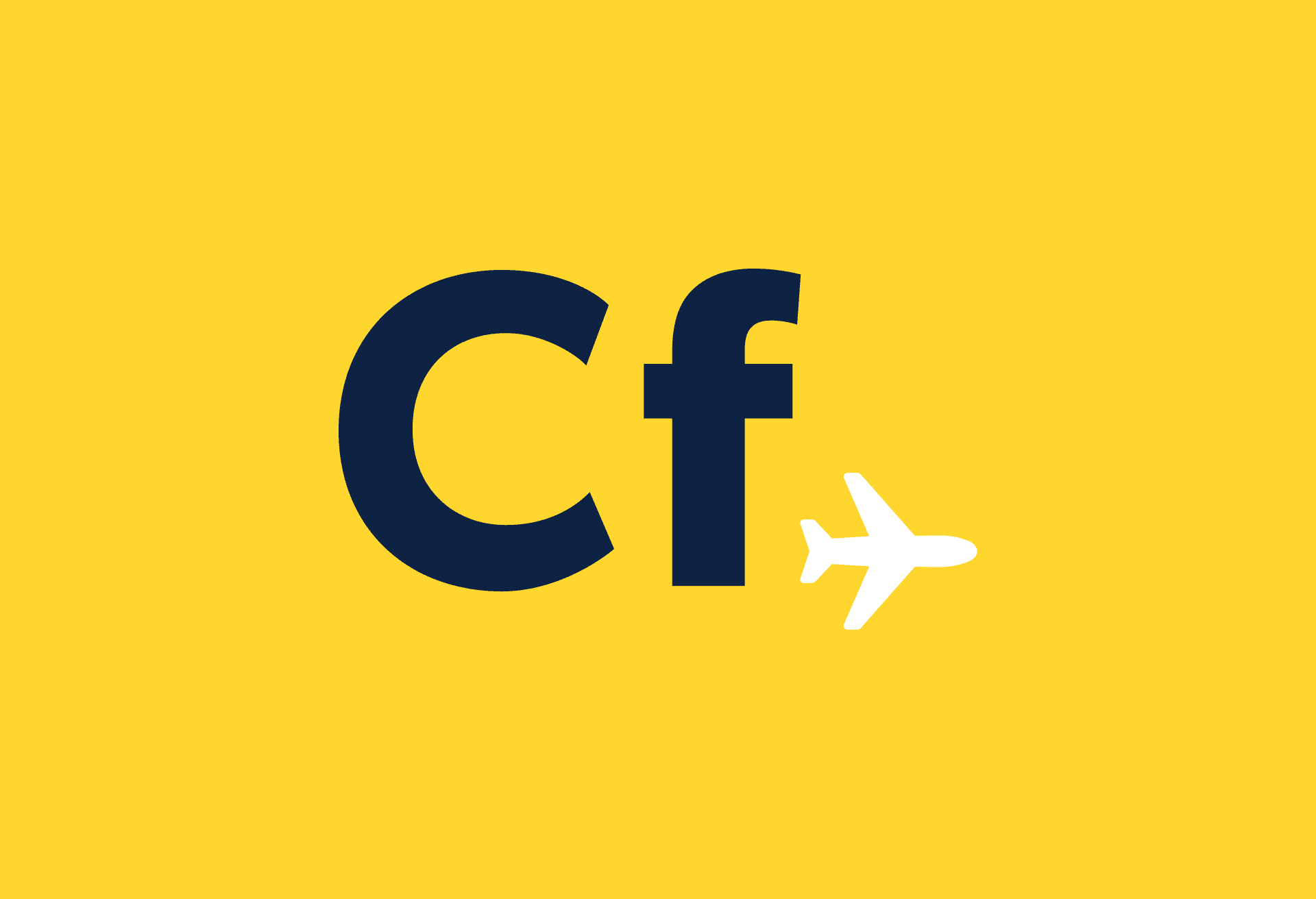Aiming lasers at the aircraft is dangerous, and it’s reached epidemic proportions. According to the Federal Aviation Administration, pilots reported more than 1,100 such incidents this year alone. The problem has mushroomed in recent years, rising from some 300 reported incidents in 2005 to 2,836 in 2010.
In 2010 Los Angeles recorded the highest number of laser attacks, 102 of them. Chicago O’Hare ranked second with 98 reports. Phoenix Sky Harbor International and Norman Y. Mineta San Jose International tied for third with 80 incidents each. So far this year, Dallas/Fort Worth International and Phoenix have each recorded 45.
In an effort to curb the attacks FAA is going to start imposing civil penalties. “Shining a laser into the cockpit of an aircraft is not a joke,” says FAA Administrator Randy Babbitt. “These lasers can temporarily blind a pilot and make it impossible to safely land the aircraft, jeopardizing the safety of the passengers and people on the ground.”
“We will not hesitate to take tough action against anyone who threatens the safety of or passengers, pilots and transportation system,” echoes Transportation Secretary Ray LaHood.
Here’s the form those civil penalties will take: The government can fine offenders $11,000 per violation for interfering with a flight crew.
Many want to go further than the imposition of mere fines. The Air Line Pilots Association wants the government to make it a federal crime.
“Individuals who shine a laser at an aircraft cockpit should know they are committing a serious crime,” says ALPA President Capt. Lee Moak. He believes they should face penalties commensurate with that crime.
To that end, Rep. Dan Lungren (D-Calif.) introduced a bill earlier this year. It passed in the House unanimously. The Senate passed an amendment to the FAA reauthorization bill with similar language. ALPA wants the conference committee handling the legislation to include that language in its version of the measure.
In addition to making it a crime, ALPA wants to restrict the sale and use of portable lasers that are strong enough to cause injury, increase the size of “laser-free” zones surrounding airports, prohibit the use of all lasers in those zones, and improve air traffic control procedures for re-routing aircrafts around threat areas.
There’s more to safeguarding your skies than leaving the task to the Feds. Moak says passengers and the public have real roles to play.
“If anyone sees a laser attack against an aircraft, they should realize they are potentially witnessing a crime and report the incident to law enforcement authorities. Every laser attack is one too many,” he said.
The public might be in prime position to see such attacks. They take place when a flight is close to the ground, on approach to landing, or climbing out after take off. These are the most critical points in any flight, a time when pilots can’t afford to be distracted – much less temporarily blinded or incapacitated. Some laser attacks can permanently damage a pilot’s eyes.
Story by Jerry Chandler
(Image: McD22)



